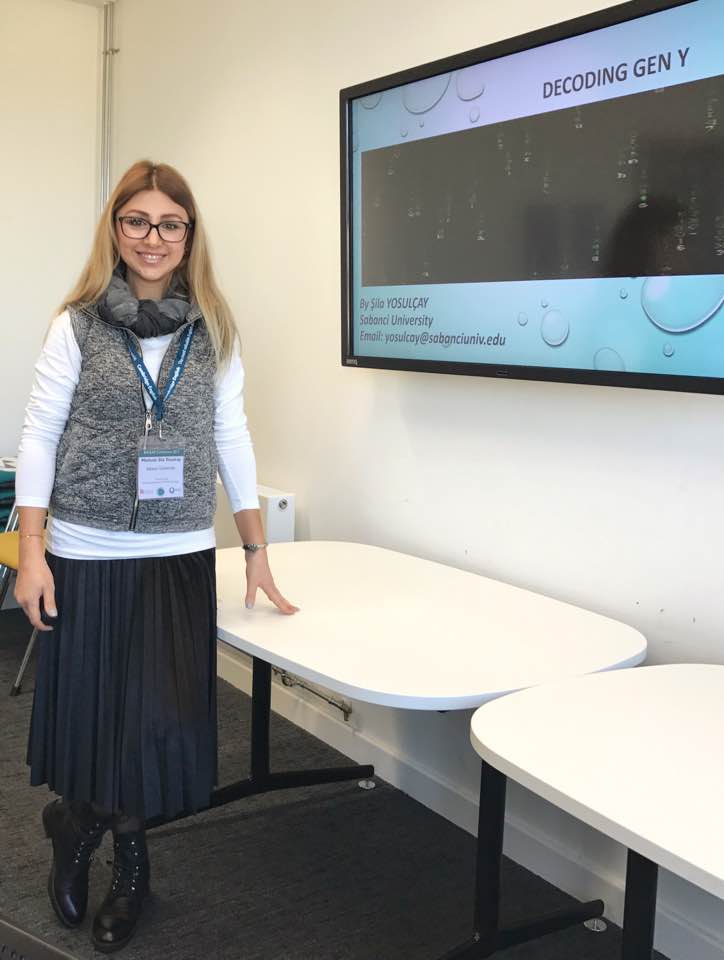
CONFERENCE HIGHLIGHTS
Baleap Conference 7-8-9 April 2017 Bristol
by
Sila Yosulcay
Using Google Docs for Formative Assessment by Kate Finegan and Rebecca Pearson
I. Why do teachers at University of Toronto use Google Docs
In their workshop, Kate Finegan and Rebecca Pearson talked about the prominence of formative assessment because, if students fail once at University of Toronto, they need to go to another university. This means it is a high stakes program with a lot of assessment. Since it is compact and poses challenges, teachers felt the need to differentiate instruction and monitor individual student progress. However, they needed a productive, collaborative, action oriented, social and constructive tool to be able to achieve this aim. This is why, they chose to exploit Google docs, as students can share comments, work in groups and chat at the same time.
II. How can it be used for formative assessment?
One way in which Google Docs can be used, according to Finegan and Pearson, is teachers encourage students to write questions about an academic topic and share both the topic and the text on Google docs. The teacher then edits students’ questions. After having discussed the text in detail using those questions, students again write questions they still have about the text. Teachers then ask students to discuss them in groups and find the answers. While students are discussing the answers in groups, teachers may write feedback to students using Google docs.
Teachers also use Google docs to revise vocabulary. Teachers ask students to write the name of vocabulary items they don’t remember on Google docs and revise those together with other students. Teachers also use it for vocabulary journals. Students upload their vocabulary journals on Google docs and teachers leave comments. Students are able to see teachers’ feedback on the right hand side. When teachers make suggestions or edit student work, they are able to see if students have made the necessary changes on their journal because teachers receive notifications in their inboxes. It therefore helps keep track of individual students. Teachers can also arrange their inboxes so that they don’t receive emails at the weekend or after 5 pm during the week.
Google docs are additionally used for writing journals at University of Toronto. When students write their essays, they receive immediate feedback. However, they are asked to give feedback for each others’ drafts. As their essays are easily accessible anywhere there is an internet connection, it gives students autonomy and allows them to perform under minimal pressure. As part of their journal writing, teachers also give them some writing exercises. For example, teachers upload mechanical exercises for students to practice hedging through Google docs. To do this, teachers divide students into groups and ask them to edit sentences using hedging devices and they give feedback immediately. Through revision history, teachers can see who has done what so they can keep track of student progress. By using the suggestion mode on Google docs, students can give feedback to each other. For example, teachers can ask students to turn a jumbled paragraph into a concise one. These kinds of activities show students their strengths and weakness and allow room for peer assessment and revision.
Furthermore, teachers can add texts which students are supposed to read and ask students to annotate the text and assign questions. Students can then open their folders and write about the paragraph they have read. However, they need to tag teachers for them to receive the comments in their mail boxes. In other words, what they discuss is anonymous until they decide otherwise.
